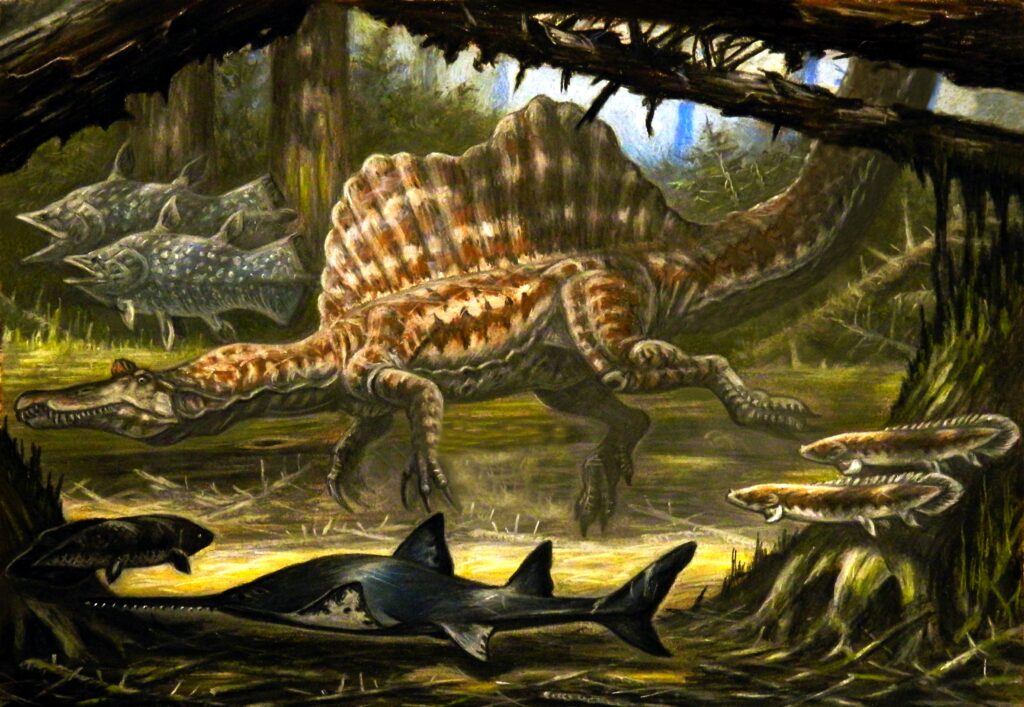Picture this: you’re standing in the blazing heat of the Sahara Desert, sand stretching endlessly in every direction. It’s hard to believe that roughly one hundred million years ago, this same spot was teeming with enormous crocodiles, massive fish, and most surprisingly, aquatic dinosaurs. But that’s exactly what scientists have discovered buried beneath all that sand.
The Great Discovery That Changed Everything

Paleontologists in the Moroccan Sahara unearthed one of the largest intact dinosaur fossils ever found in the region: a mostly-complete tail of the first-known aquatic dinosaur. Scientists think 50-foot-long Spinosaurus aegyptiacus sported a large sail on its back and cruised ancient rivers about 100 million years ago. This wasn’t just any ordinary fossil find – it completely revolutionized how we think about dinosaurs.
For decades, scientists believed that dinosaurs were strictly land creatures, maybe occasionally wading into shallow water. For a long time, scientists believed dinosaurs didn’t invade aquatic habitats. “For now, Spinosaurus is the only dinosaur that shows unambiguous evidence for essentially a fully aquatic lifestyle.” The discovery of Spinosaurus’s paddle-like tail changed all that in one dramatic moment.
When the Sahara Was an Aquatic Paradise

Massive river systems existed in the area we now call the Sahara Desert. Enormous fish called these rivers home: coelacanth the size of cars, 25-foot long sawfish and giant lungfish. The landscape was nothing like today’s scorching wasteland – instead, it resembled something closer to the Amazon rainforest.
The landscape these animals lived in was filled with meandering rivers, lakes, and mudflats. Instead of a desert, the region was covered by a vast river system that flowed up through present-day Morocco and Algeria. This ancient ecosystem was so rich and diverse that it supported creatures we can barely imagine today.
The First Swimming Dinosaur

The massive fin-like Spinosaurus tail is “utterly bizarre” and unique. The propulsive organ moved the animal through the water. Spinosaurus also had a long, narrow snout comparable to a crocodile with cone-shaped teeth to catch slippery prey like fish. The dinosaur also had dense bones to control buoyancy and relatively small hind limbs.
Think about it – this wasn’t just a dinosaur that occasionally took a dip. Spinosaurus was built like a living submarine. Its dense bones helped it stay underwater rather than float to the surface like a cork. Those paddle-like feet weren’t designed for running across plains but for propelling through ancient rivers. It’s like nature took a T. rex and decided to turn it into a crocodile.
A Hippo-Like Dinosaur That Loved the Water
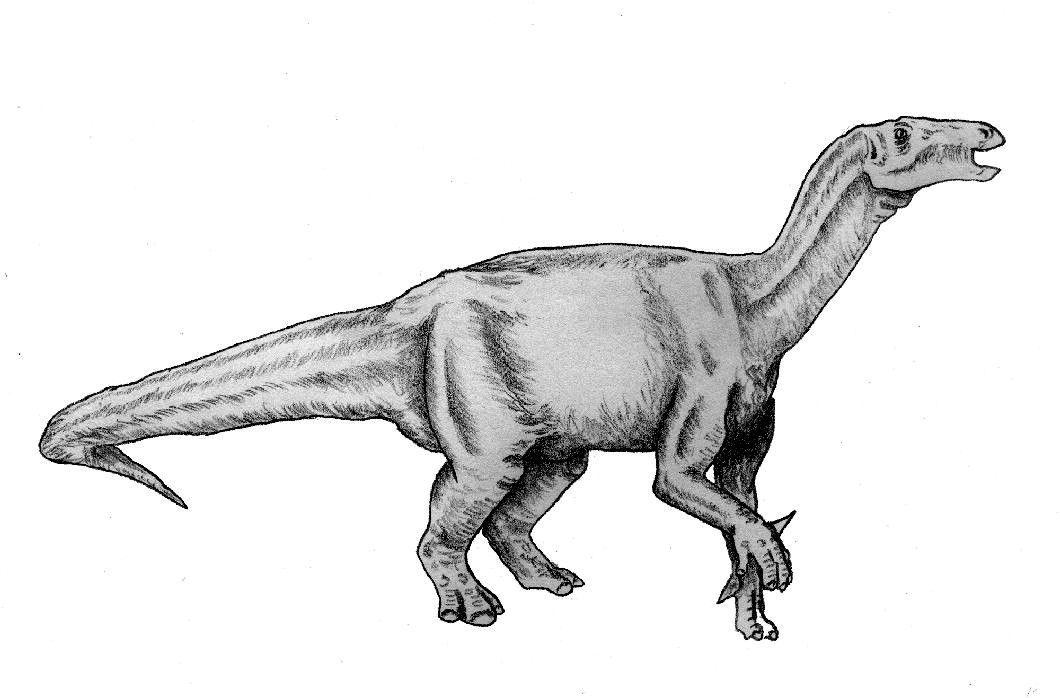
But Spinosaurus wasn’t the only dinosaur enjoying the aquatic lifestyle back then. In other parts of Africa, such as Niger, paleontologists discovered the unusual dinosaur Lurdusaurus arenatus. Recently, paleontologist Tom Holtz noted that the sturdy limbs and huge belly of Lurdusaurus suggest a semi-aquatic mode of life, similar to modern hippos.
The proportions of its short, sturdy limbs show Lurdusaurus moved slowly on land while it grazed from the lower branches of conifers, and ferns in the understory. Like Iguanodon, it bore a giant spiked thumb, which offered some protection against crocodilians in the water. Imagine a dinosaur that lived like a modern hippopotamus – spending most of its time in the water but coming onto land to feed.
Ancient Marine Reptiles in Desert Rivers
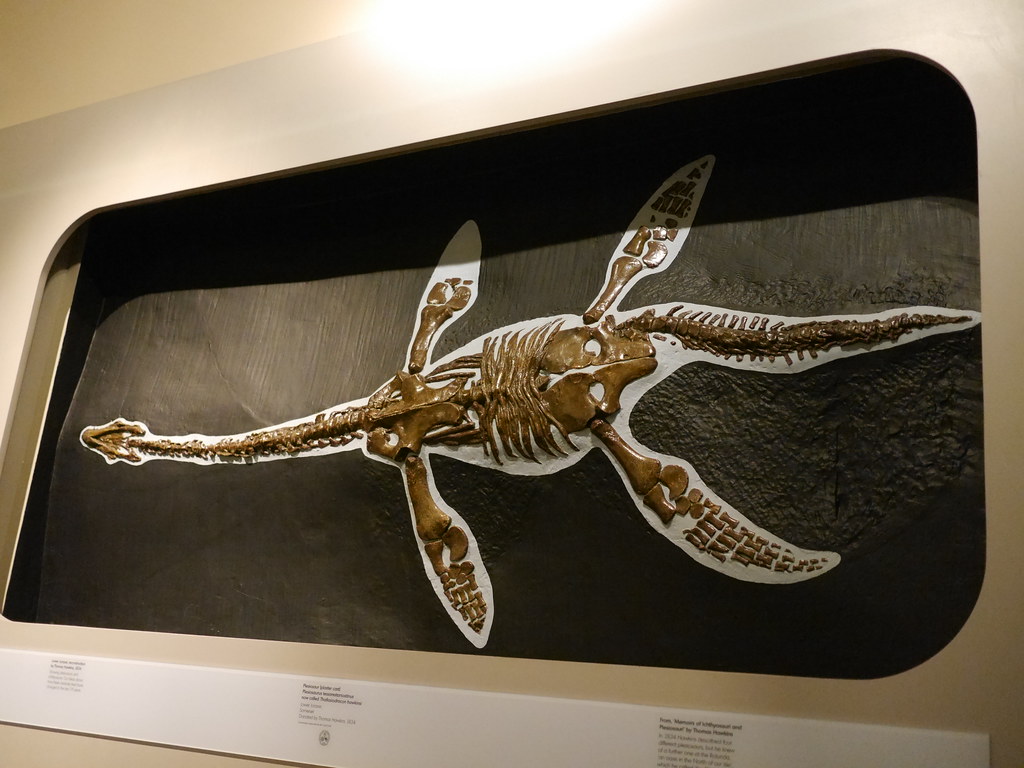
Fossils of small plesiosaurs, long-necked marine reptiles from the age of dinosaurs, have been found in a 100-million year old river system that is now Morocco’s Sahara Desert. This discovery suggests some species of plesiosaur, traditionally thought to be sea creatures, may have lived in freshwater.
These fossils suggest the plesiosaurs were adapted to tolerate freshwater, possibly even spending their lives there, like today’s river dolphins. It’s fascinating to think that creatures we associate with deep oceans were actually living in ancient desert rivers. These discoveries keep challenging everything we thought we knew about prehistoric life.
The Most Dangerous Place on Earth
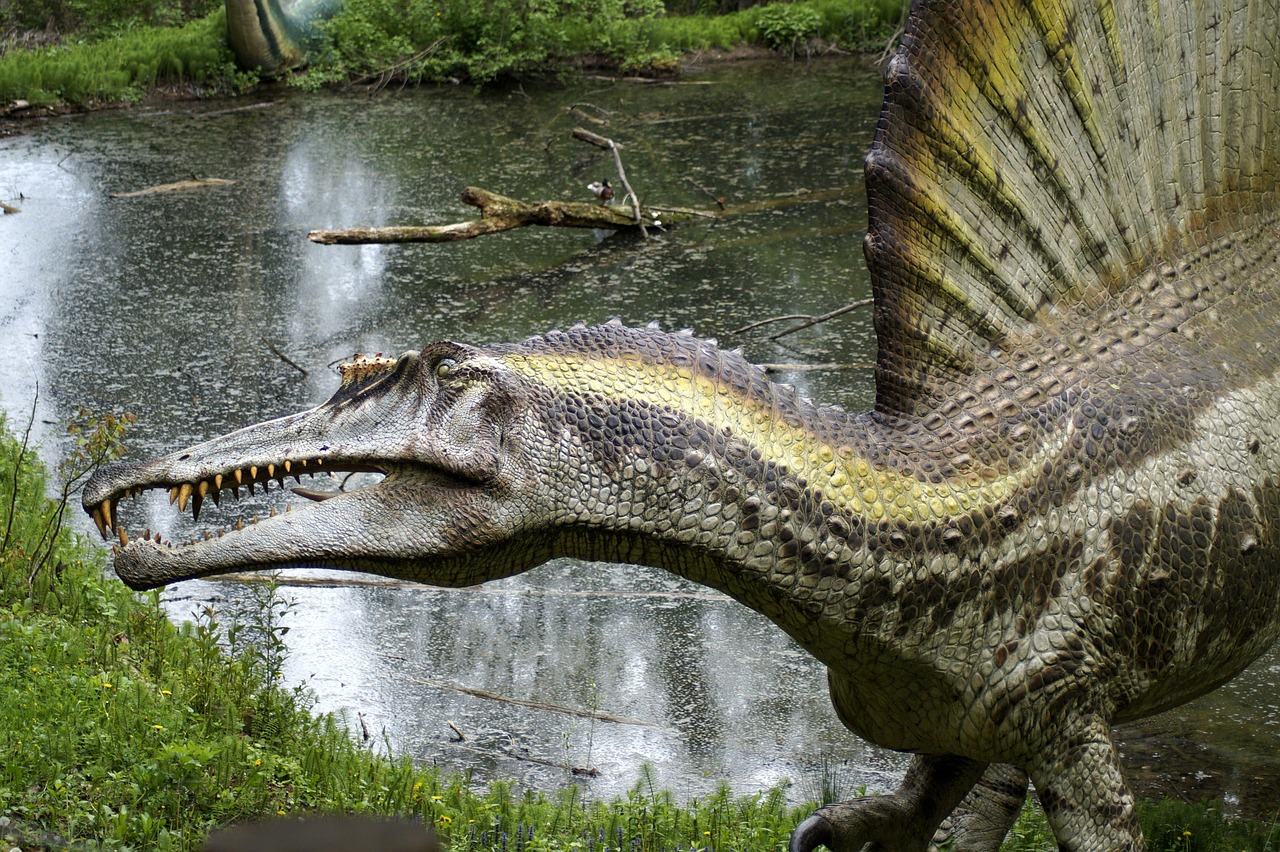
It was arguably the most dangerous place in the history of planet Earth because it was home to so many different kinds of predators in all shapes and sizes. This river of giants is unlike any ecosystem today, and in fact it’s also pretty unique compared to other dinosaur age ecosystems.
This was arguably the most dangerous place in the history of planet Earth, a place where a human time-traveller would not last very long. Imagine trying to survive in an environment where nearly everything was a predator – from the waters to the skies to the land.
The Kem Kem Formation: A Window to the Past

The Kem Kem Group (commonly known as the Kem Kem beds) is a geological group in the Kem Kem region of eastern Morocco, whose strata date back to the Albian-Cenomanian stages of the Late Cretaceous. It is exposed on an escarpment along the Algeria–Morocco border. It primarily consists of freshwater and estuarine deltaic deposits.
This remarkable fossil site has become one of the world’s most important windows into Cretaceous life. The Kem Kem vertebrate fauna is biased toward large-bodied carnivores including at least four large-bodied non-avian theropods (an abelisaurid, Spinosaurus, Carcharodontosaurus, and Deltadromeus), several large-bodied pterosaurs, and several large crocodyliforms. It’s like discovering an ancient crime scene where all the evidence points to an ecosystem dominated by massive predators.
Giants in the Sky and Water
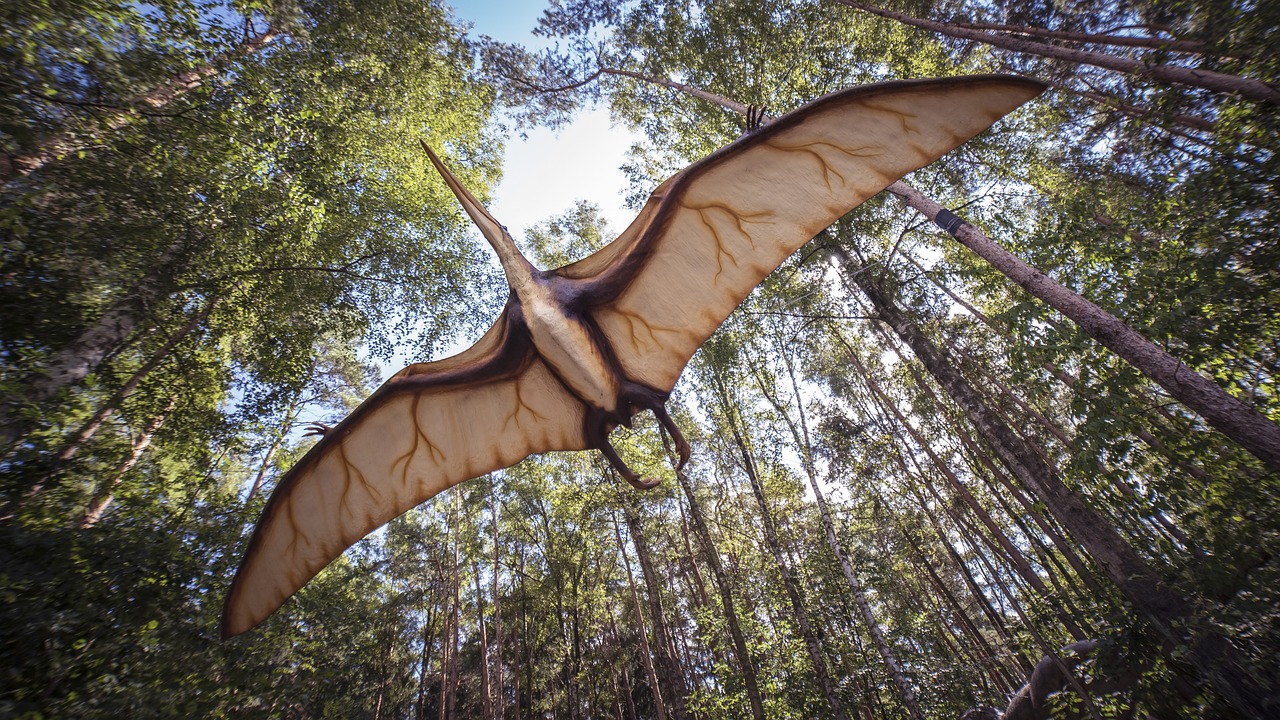
Three new species of toothed pterosaurs — flying reptiles of the Cretaceous period, some 100 million years ago — have been identified in Africa by an international team of scientists led by Baylor University. The pterosaurs, which soared above a world dominated by predators, formed part of an ancient river ecosystem in Africa that teemed with life including fish, crocodiles, turtles and several predatory dinosaurs.
The skies weren’t safe either. While massive predators ruled the waters and land, giant flying reptiles with wingspans that could rival small aircraft patrolled from above. At the time, the Sahara contained a lush river system teeming with life, with huge flying reptiles overhead, 40-foot crocodiles prowling the rivers, and predatory dinosaurs larger than Tyrannosaurus rex dominating the land. All were devouring massive turtles, fish – and each other.
Climate Change That Transformed a Continent

In Cretaceous times (around 100 million years ago), North Africa was home to a huge river system and a bizarre menagerie of giant prehistoric predators — including the Spinosaurus, a dinosaur even more fearsome than the Tyrannosaurus rex. But what caused this dramatic transformation from aquatic paradise to barren desert?
The Cretaceous was a period with a relatively warm climate, resulting in high eustatic sea levels that created numerous shallow inland seas. The Earth’s climate was fundamentally different then, supporting vast river systems where today we find only sand dunes.
Stromer’s Riddle: Too Many Predators
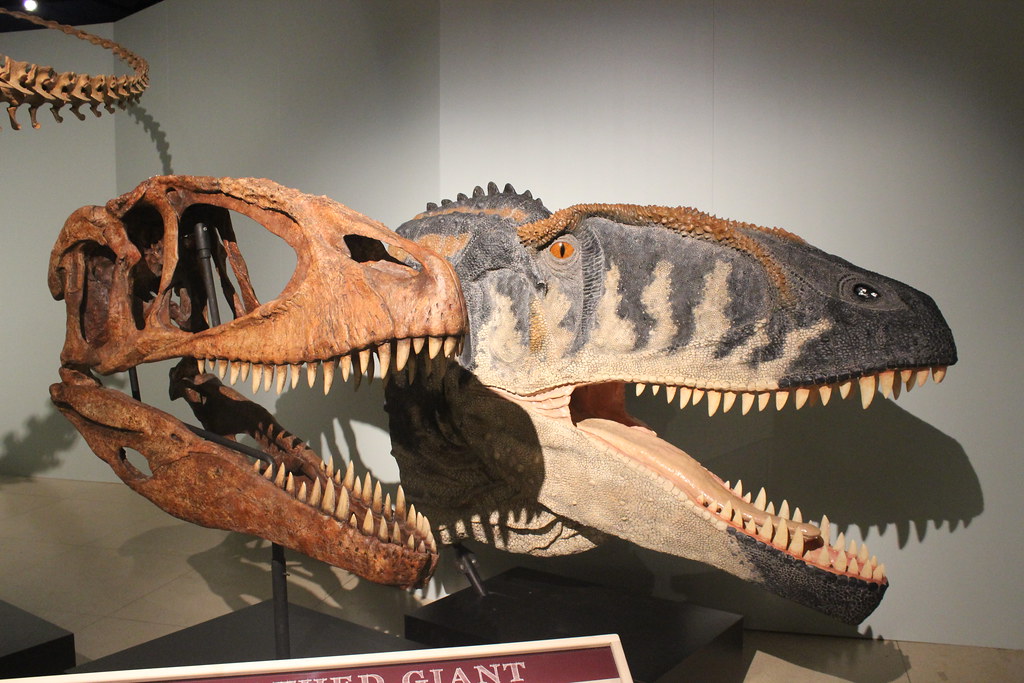
Kem Kem paleoecosystem “Stromer’s riddle”. The overabundance of predatory versus herbivorous dinosaurs, recently dubbed “Stromer’s riddle” was first noticed by Stromer in the Bahariya Formation of Egypt. At least four large-bodied theropod genera were present in the Kem Kem assemblage: an abelisaurid, Spinosaurus aegyptiacus, Carcharodontosaurus saharicus, and Deltadromeus agilis.
In today’s landscapes, top predators such as wolves and lions are well outnumbered by their herbivorous prey. However, even during the mid-Cretaceous Period when northern Africa was covered by vast river systems, ecosystems dominated by so many bulky predators would have been rare. Scientists are still puzzling over how such an ecosystem could have functioned with so many apex predators competing for limited resources.
Modern Discoveries Still Happening

The story isn’t over yet. The last two, in 2018 and 2019, had been for reconnaissance, and I’d spotted bone-rich pockets in some of the desert’s most remote and sandswept corners, with dinosaur skeletons jutting from the desert floor. The expedition found fossils from what Sereno says are many newly identified species.
Every year brings new discoveries that further illuminate this ancient aquatic world. In the modern day, the formation is a wealth of information for both new fossil finds, as well as for commercial fossil hunters. New discoveries come out of the region very frequently, and many interesting and bizarre revelations have come out about famous dinosaurs because of discoveries made there.
Conclusion
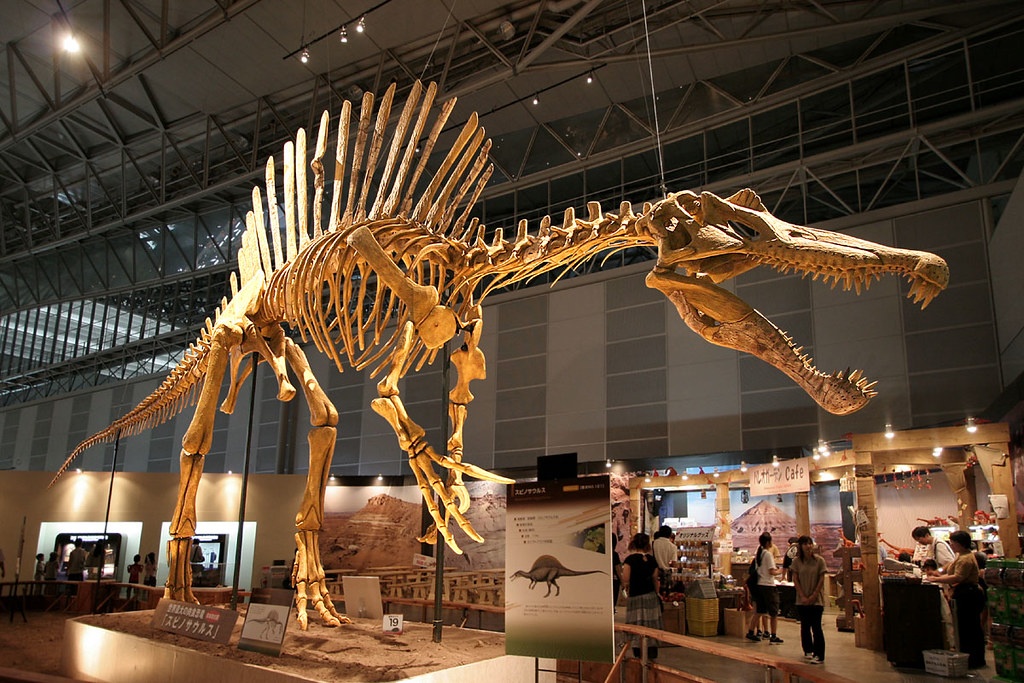
The Sahara Desert’s transformation from an aquatic dinosaur paradise to today’s arid wasteland represents one of Earth’s most dramatic environmental changes. These discoveries have fundamentally altered our understanding of dinosaur behavior and prehistoric ecosystems. The fact that dinosaurs could adapt to fully aquatic lifestyles opens up entirely new possibilities about how these ancient creatures lived and evolved.
From swimming dinosaurs with paddle-like tails to hippo-like herbivores wading through ancient rivers, the Sahara’s fossil record tells a story that seems almost too incredible to be true. Yet the evidence keeps piling up, revealing an ancient world where the rules of nature operated very differently than they do today. What other secrets might still be buried beneath those shifting sands, waiting to revolutionize our understanding of prehistoric life once again?

